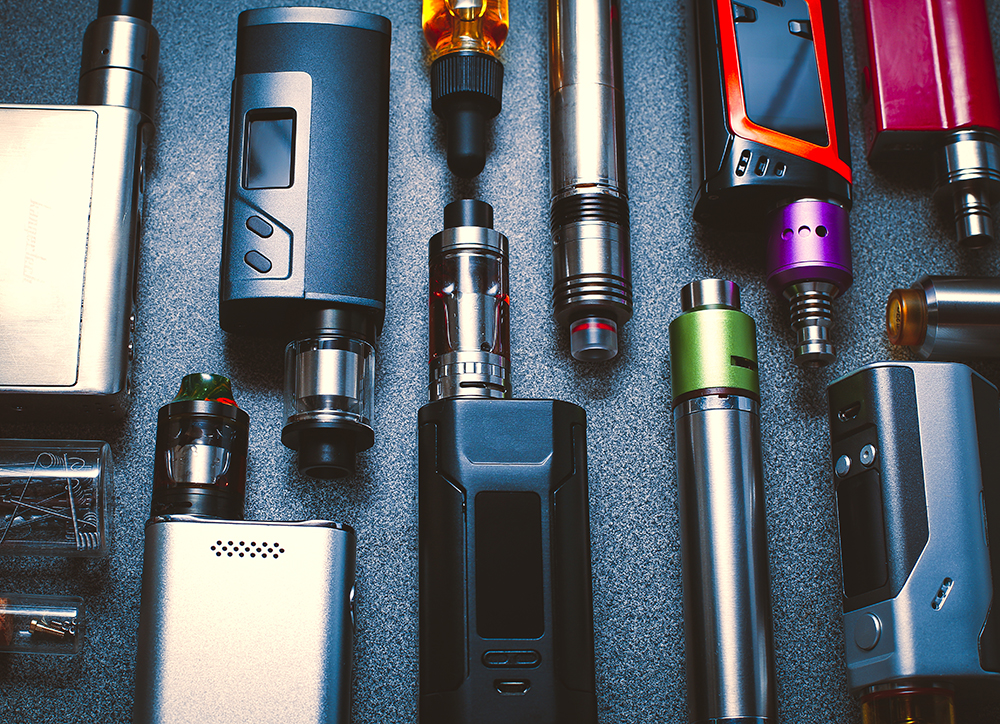The weight of all the vapes tossed out annually across the world equals three Brooklyn Bridges, it estimates. Altogether, vapes and other small consumer items considered “invisible” weigh in at 9 billion kilograms (9 million metric tons) a year. That’s like half a million dump trucks worth of electric toothbrushes, ugly holiday sweaters adorned with LEDs, drones, and other small electronics. Lined up bumper to bumper, those trucks would span from Nairobi to Rome.
The problem with trashing those items is that electronics often contain hazardous materials like lead or mercury that might leach out of landfills to contaminate soil and water. Hoarding the devices at home isn’t ideal, either. If those items were recycled instead, manufacturers could recover literal gold and other precious materials. That cuts down e-waste and potentially even the need to mine for as much raw material.
While discarded appliances and computers have posed problems for decades, the new analysis shines a light on often overlooked trends that have grown into a global mess. Disposable vapes are everywhere. New iterations of devices often come with new plugs that require new chargers. The Internet of Things has made everything connected.
“Consumers very often don’t realize that some items contain electronics, and therefore these items don’t end up in the right [place], and this is a loss,” Magdalena Charytanowicz, communication manager for the nonprofit Waste Electrical and Electronic Equipment (WEEE) Forum, said in a press briefing.







